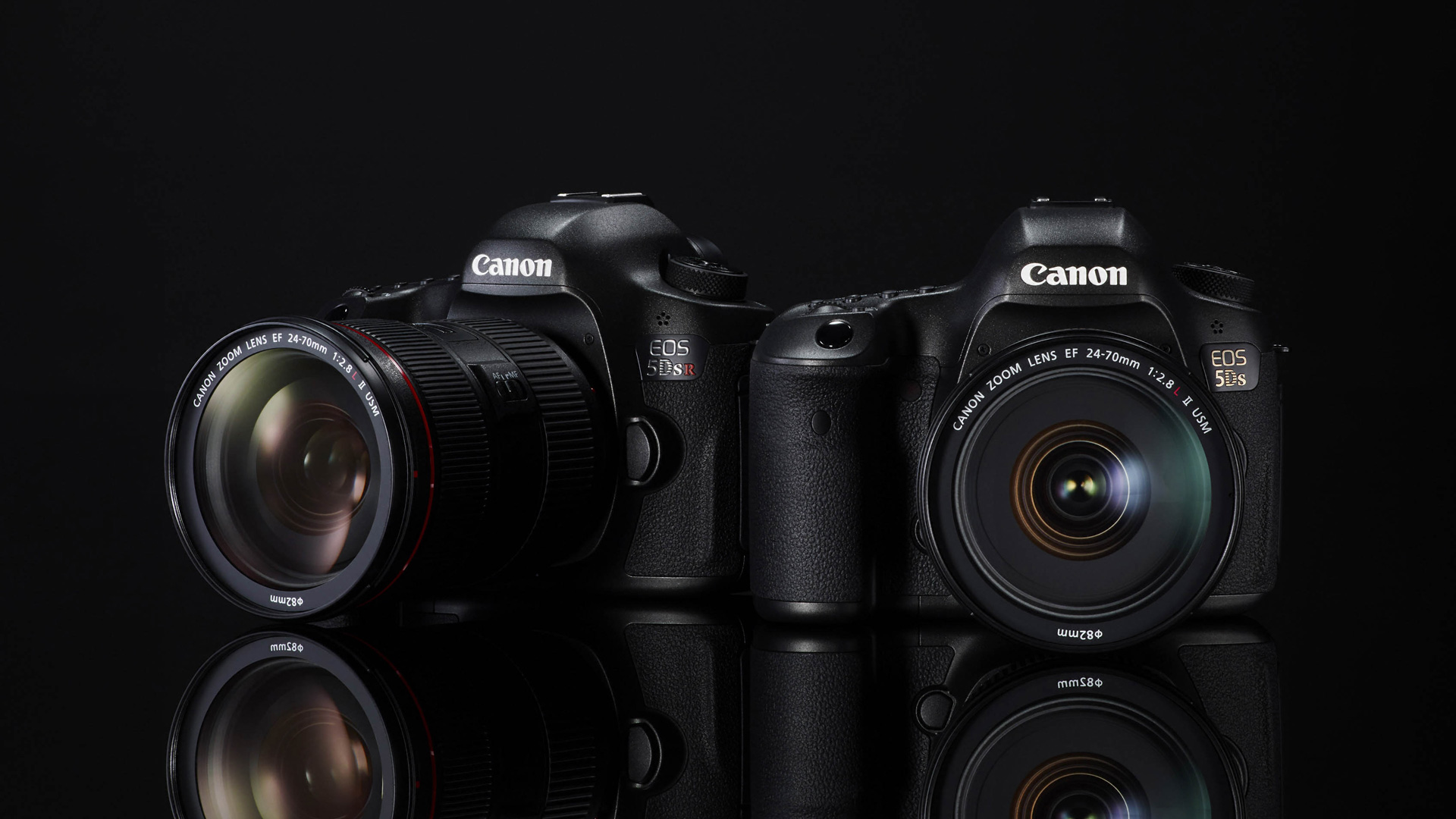Why you can trust TechRadar
We chose three rival cameras for the 5DS to see how it measured up in our lab tests:
Canon EOS 5DS R: This is the 'non-antialiased' version of the 5DS, though can has taken the unusual step of adding a 'cancellation filter' rather than removing the anti-aliasing element itself.
Canon EOS 5D Mark II: The 5D Mark III carries on alongside the 5DS and 5DS R as a faster alternative that's better in low light and has more features for videographer – but how big are the performance differences?
Nikon D810: For three years, since the launch of the D800, Nikon ruled the roost with the highest-resolution full-frame DSLR. So does the 5DS beat the D810, and by how much?
We've carried out lab tests on the 5DS and 5DS R across their full ISO range for resolution, noise (including signal to noise ratio) and dynamic range. We test the JPEGs shot by the camera, but we also check the performance with raw files. Most enthusiasts and pros prefer to shoot raw, and the results can often be quite different.
Canon EOS 5DS resolution charts
We test camera resolution using an industry-standard ISO test chart that allows precise visual comparisons. This gives us numerical values for resolution in line widths/picture height, and you can see how the 5DS compares with its rivals in the charts below.
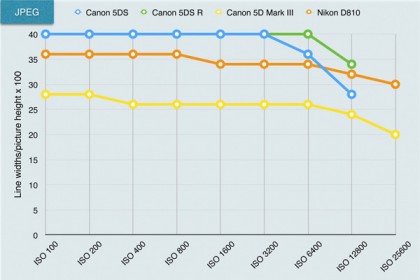
JPEG resolution analysis: This is where we see the main benefit of the 5DS and 5DS R's high pixel count as they out-resolve the Nikon D810 and 5D Mark III, even the medium format Pentax 645Z (not shown) – in fact they out-resolve our chart for much of the sensitivity range. The resolving power drops significantly as sensitivity reaches the maximum, but these cameras still achieve a high score even at this level.
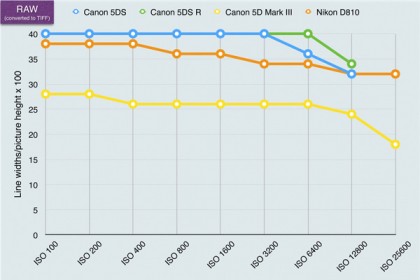
Raw (converted to TIFF) resolution analysis: Raw files give you the ability to apply just the right level of noise reduction to get the very best from your images. The 5DS R resolves a tiny bit more fine detail than the 5DS, but both out-resolve our test chart. The difference between the two cameras is very hard to spot because its only in areas with the very finest details.
Sample resolution charts
This is the chart we use for testing camera resolution. The key area is just to the right of centre, where a series of converging lines indicates the point at which the camera can no longer resolve them individually. We shoot this chart at all of the camera's ISO settings, and here are two samples at ISO 100 and ISO 6400.
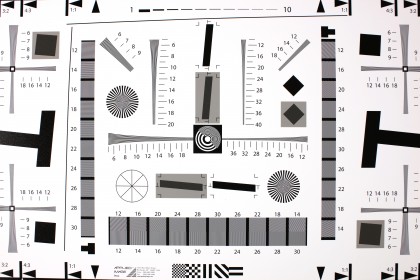
ISO 100: Click here for a full size version.
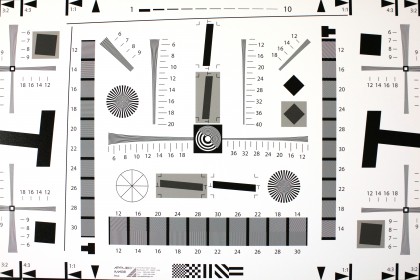
ISO 6400: Click here for a full size version.
